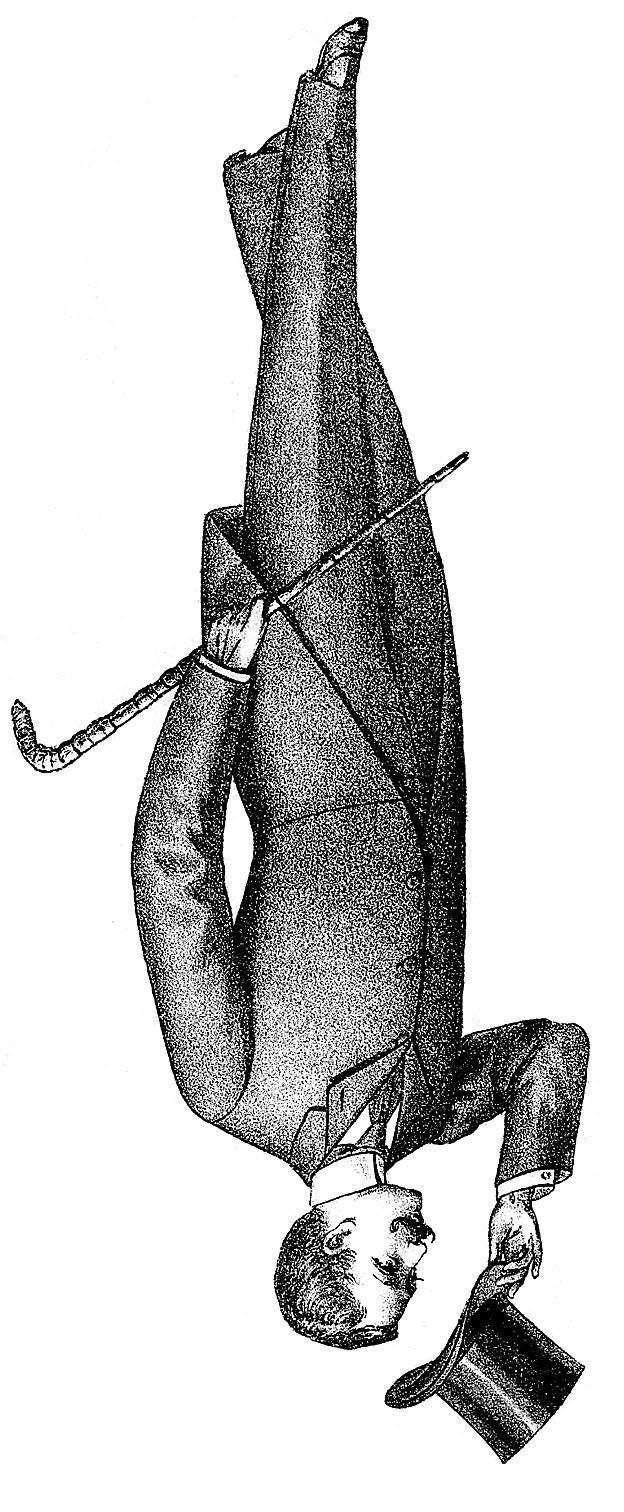Never Let Me Go by Kazuo Ishiguro. Narrated by Rosalyn Landor. Penguin Random House Audio Publishing Group, 2005. 10 hours (approx.).
Never Let Me Go by Kazuo Ishiguro is the only alternative history novel to be shortlisted for the Booker Prize. Time magazine named it their best novel of 2005. A film adaptation was released in 2010 directed by Mark Romanek. The novel is beautifully written. It’s ending is powerful. But it’s revelations are too slow in coming.
Ostensibly, the story is about a trio of students at a boarding school in England called Hailsham. Kathy H. is the narrator and protagonist. Tommy is a hothead who is often bullied. Ruth is a schemer. Between them a love triangle develops.
But something strange is going on at Hailsham. Among other things, the teachers are called guardians, the parents are never heard from and the students are not allowed to leave. The students are also compelled to create works of art. This art is judged, and the best examples are chosen by the mysterious “Madame” for display in her gallery - whatever that is.
There is a delicate balance between mystery and confusion. The former will keep the reader entertained; he’ll flip the pages eager to discover what happens next. The latter may turn the reader away; “What is going on and why should I care?” he will ask. The best writers maintain this balance. Information will trickle in just as the reader requires it. Narrative suspense is created as a result.
Unfortunately, Ishiguro fails at this point. As I read of Tommy’s outbursts or Ruth’s machinations, I was left wondering what Never Let Me Go was really about. I finally asked the friend who recommended the book. He said the children are clones being raised for their organs. This information is finally revealed in chapter 7, or about a third of the way into the novel. Without my friend’s “spoiler,” however, I may not have made it that far.
The slow revelation is deliberate. It mirrors the same kind of indirect information the children had received. As the guardian, Miss Lucy, says:
The problem, as I see it, is that you’ve been told and not told. You’ve been told, but none of you really understand, and I dare say, some people are quite happy to leave it that way. But I’m not. If you’re going to have decent lives, then you’ve got to know and know properly … Your lives are set out for you. You’ll become adults … and before you’re even middle-aged, you’ll start to donate your vital organs. That’s what each of you was created to do.
Ishiguro treats his readers the same way, which makes sense thematically, but I found it frustrating.
After this chapter 7 revelation is finally made the novel hits its pace. At 16 years old Kathy, Ruth and Tommy move into the “cottages,” which act as a kind of halfway house before the clones are released into the general public. Despite developing a fondness for each other, Tommy pairs with Ruth while Kathy has a string of boyfriends.
Two older residents at the cottages claim they found Ruth’s “possible,” or person from whom she was cloned. The lot of them find this possible, but the resemblance is only superficial. Ruth considers that her true possible is likely “human trash.” This sends her thoughts down an entirely new line: the predetermined nature of her destiny.
Indeed, this is the major theme of the novel. It first appears in the chapter 7 dialogue with Miss Lucy. The students are talking about their big plans for the future. One wants to become a film star. But Lucy interjects: no one will be a movie star or anything else because (as previously quoted), “Your lives are set out for you.” Ruth’s dream of working at a fancy office is quashed.
That the students of Hailsham do not rebel is of note. At the very least I expected Kathy and Tommy to flee. But it never happens. Discussions online suggest Ishiguro is making a metaphor for death. Death comes for us all, yet we do not rebel. How can we? It is inevitable. But Tommy’s and Kathy’s fates are not inevitable that I can see. They could simply refuse to submit to the operations. What would happen then? Ishiguro never says.
At any rate, Kathy and Tommy go hunting for an album that Kathy lost years before. It is Songs After Dark by the fictional Judy Bridgewater. Kathy’s favorite song is “Never Let Me Go.” She imagines it is about a barren woman who miraculously conceives. Once Madame walked in on Kathy while she cradled an imaginary baby and swayed to the song. She, Madame, started crying. The clones are sterile, but the true significance of this scene will be revealed later.
During the quest for the album, Tommy and Kathy rekindle their fondness for each other. Tommy also shares a theory he has concocted based on some rumors: Hailsham students may defer their organ donations if they prove they are in love. He suggests Madame uses her gallery to authenticate their claims.
Meanwhile, the jealous and manipulative Ruth wedges Tom and Kath apart. As a result, Kathy applies to become a “carer” sooner than what otherwise would have been expected.
A carer is a clone who nurses other clones while they recover from surgery. After 10 years, Kathy has become an excellent carer and earned the right to choose her next patient. She chooses Ruth when it is discovered Ruth is dying. The two take a trip with Tommy. During this trip, Ruth expresses regret for driving them apart. She makes amends by giving them Madame’s address with the request that they seek a deferral. After Ruth “completes” (dies), Tommy and Kathy honor that request.
Without the deferral Tommy will complete, leaving Kathy alone and loveless. They meet with Madame and Miss Emily, the former Hailsham headmistress. I say former because by this time Hailsham is closed. During this conversation the final mysteries of Never Let Me Go are revealed.
First, there are no deferrals. The rumors were just that - rumors. Tommy and Kathy will donate their organs as planned. This leaves the questions, what was the purpose of Madame's gallery? and why did she cry at the sight of Kathy cradling an imaginary child?
Clones are regarded as subhuman. They were not to be treated as people. This is seen in Madame’s reaction to the children as reported by Kathy: “Madame was afraid of us. But she was afraid of us in the same way someone might be afraid of spiders.” And later, at the cottages, Kathy describes using anything (curtains, bits of old carpet) to keep warm.
Madame was stunned at Kathy’s display of humanity in the act of cradling the imaginary baby. Her gallery, Miss Emily informs them, was used to prove clones “had souls at all.” Hailsham was part of a reform movement to raise clones in humane conditions. It’s closure indicates the failure of the movement. Once again our heroes resign themselves to their fates. Clones will be mistreated. Tommy dies. Kathy remains a carer but understands she, too, will be called upon to donate and “complete.”
The conclusion is emotional - I wish to make this point clear. I had a flutter in my chest after finishing. And the entire novel is beautifully written. But Never Let Me Go is not the page-turner others have claimed it to be. While it finishes strong, the slow start almost lost my attention. Had Ishiguro delivered more information up front and filled in some details (such as what would happen if there was a clone rebellion) I believe Never Let Me Go would have been a better book. As it is … good but slow.




